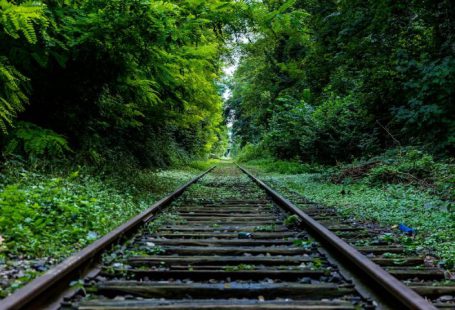Trains have long been a popular mode of transportation, offering a convenient and efficient way to travel. However, with the advent of high-speed rail, travelers now have the option to choose between traditional trains and speed rail. Both options have their own unique advantages and disadvantages, making the decision a difficult one. In this article, we will explore the factors to consider when choosing between speed rail and traditional trains, helping you make an informed decision for your next journey.
Cost-effectiveness: Weighing the Price
One of the most important factors to consider when choosing between speed rail and traditional trains is the cost. Traditional trains are generally more affordable, with lower ticket prices compared to speed rail. However, it is essential to take into account other expenses, such as time and transportation costs to and from the train stations. Speed rail, while more expensive upfront, may save you money in the long run by reducing travel time and eliminating the need for additional transportation.
Travel Time: The Need for Speed
Speed rail is renowned for its high-speed capabilities, reaching impressive velocities and significantly reducing travel time. If time is of the essence and you need to reach your destination quickly, speed rail is the obvious choice. Traditional trains, on the other hand, may have longer travel times due to multiple stops along the way. Consider the urgency of your journey and the importance of time when making your decision.
Comfort and Amenities: The Passenger Experience
When it comes to comfort and amenities, traditional trains often take the lead. They typically offer more spacious seating, ample legroom, and a relaxed atmosphere. Traditional trains also often provide amenities such as dining cars, lounges, and even sleeper cabins for longer journeys. Speed rail, while more focused on efficiency, may sacrifice some of these comforts in favor of speed. Consider your personal preference for a comfortable and enjoyable journey when deciding between the two options.
Accessibility: The Importance of Station Locations
Another crucial factor to consider is the accessibility of train stations. Traditional trains often have a more extensive network, with stations located in smaller towns and rural areas. If you are traveling to a specific destination that is not served by speed rail, traditional trains may be your only option. However, speed rail networks are expanding rapidly, and major cities are increasingly being connected. Research the availability and accessibility of train stations before making your decision.
Environmental Impact: Going Green
In today’s world, the environmental impact of our travel choices is a significant consideration. Traditional trains are generally more environmentally friendly, as they produce fewer greenhouse gas emissions compared to speed rail. If reducing your carbon footprint is important to you, traditional trains may be the more sustainable choice. However, it is worth noting that advancements in technology are making speed rail more eco-friendly, with efforts to reduce emissions and increase energy efficiency.
Conclusion: Making the Right Choice
Choosing between speed rail and traditional trains ultimately depends on your unique needs and preferences. Consider factors such as cost, travel time, comfort, accessibility, and environmental impact when making your decision. Remember, there is no one-size-fits-all answer, and what may be the right choice for one journey may not be for another. Take the time to weigh the pros and cons, and make the decision that best suits your travel requirements. Happy travels!





